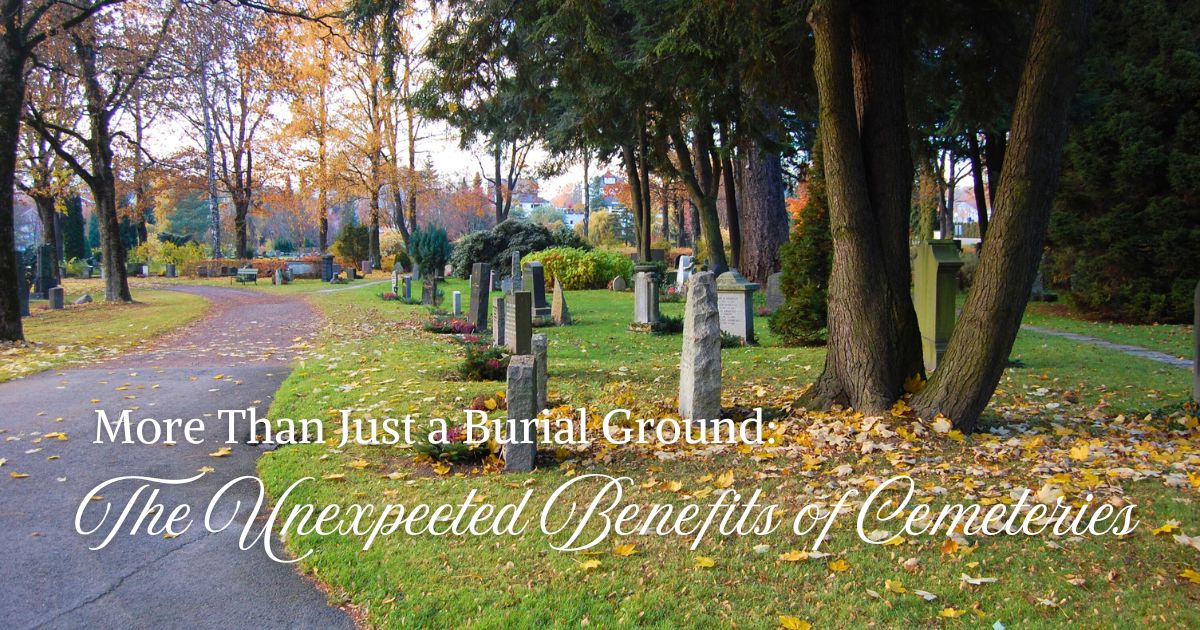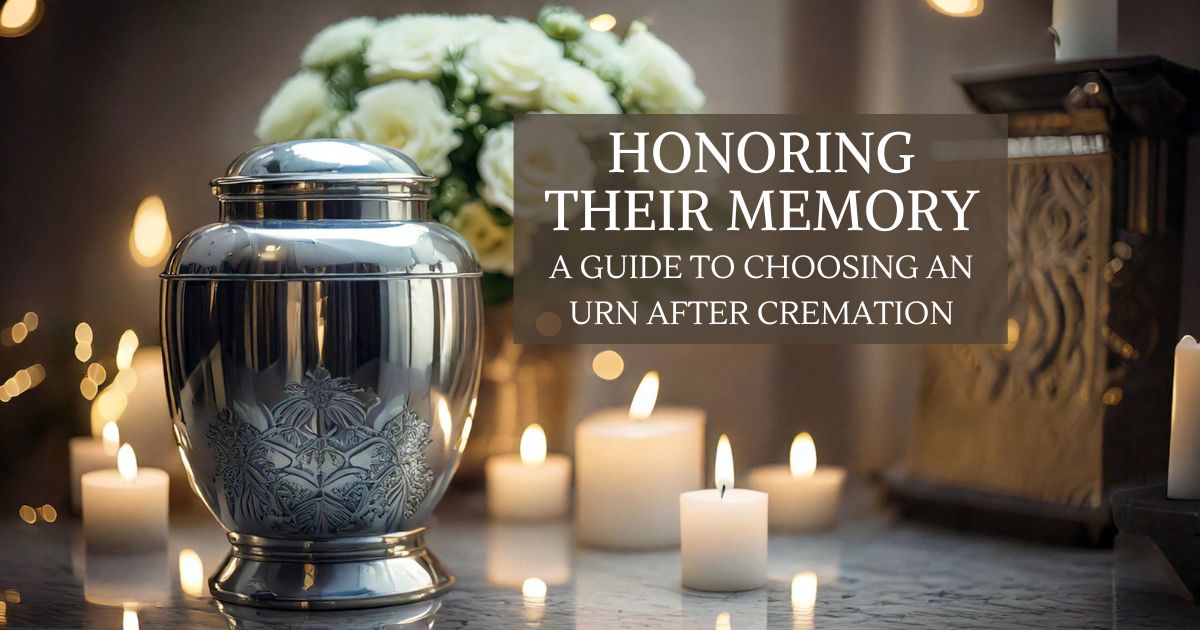
The desire to leave a positive legacy extends beyond our lifetime, and increasingly, people are seeking ways to ensure their final farewell is gentle on the Earth. Planning an eco-friendly funeral, or "green burial," can seem daunting, but it's a deeply meaningful way to honor both your loved one and the planet. This step-by-step guide will help you navigate the process.
Step 1: Understand Your Options
Before contacting funeral homes, familiarize yourself with the core principles of green funerals:aa
-
Minimal Embalming: Explore alternatives to formaldehyde-based embalming, such as refrigeration or natural preservation methods.
-
Biodegradable Caskets and Shrouds: Research materials like bamboo, wicker, recycled cardboard, and natural fiber shrouds.
-
Natural Burial: Understand the concept of direct earth burial without vaults or traditional caskets.
-
Eco-Friendly Cremation: Look into aquamation (alkaline hydrolysis) as a greener alternative to traditional flame cremation.
-
Sustainable Memorials: Consider living memorials (trees, plants) or monuments made from natural stone or recycled materials.
Step 2: Questions to Ask Funeral Homes
When contacting funeral homes, be prepared with these crucial questions:
-
"Do you offer green burial options?"
-
"What are your formaldehyde-free embalming alternatives?"
-
"What biodegradable casket and shroud options do you provide?"
-
"Do you work with natural burial grounds?"
-
"Do you offer aquamation services, or can you facilitate them?"
-
"Can you provide a list of eco-friendly products and services?"
-
"Do you source local and sustainable products?"
-
"Can you accommodate home funerals?"
-
"Do you have experience with green funeral planning?"
Step 3: Choosing Eco-Friendly Products
-
Caskets and Shrouds: Opt for biodegradable materials that will decompose naturally.
-
Urns: Select biodegradable urns made from materials like bamboo, salt, or plant-based materials.
-
Flowers: Choose locally grown, seasonal flowers without floral foam or plastic.
-
Memorial Items: Use recycled paper for programs and avoid non-biodegradable keepsakes.
Step 4: Alternatives to Traditional Practices
-
Home Funerals: Consider a home funeral, where the family takes on the responsibility of caring for the deceased. This reduces transportation and embalming needs.
-
Natural Burial Grounds: Explore natural burial grounds that prioritize conservation and minimal environmental impact.
-
Living Memorials: Plant a tree or create a memorial garden as a lasting tribute.
-
Donating to Science: Consider donating the body to science, which can be a very green option.
-
Aquamation: if cremation is the chosen method, aquamation is much more environmentally friendly.
Step 5: Finding Green Funeral Service Providers
-
Green Burial Council: This organization provides certification for green burial providers and resources for consumers.
-
Local Environmental Organizations: Contact local environmental groups for recommendations on green funeral providers.
-
Online Directories: Search online directories specializing in green burial services.
-
Word of Mouth: Ask friends, family, or community members for recommendations.
-
Specialized Funeral Homes: Some funeral homes specialize in green burials and offer a wide range of eco-friendly options.
Step 6: Plan Ahead
-
Pre-planning your green funeral can alleviate stress for your loved ones and ensure your wishes are honored.
-
Document your preferences and share them with your family and funeral provider.
Planning an eco-friendly funeral is a conscious choice that reflects a commitment to sustainability. By taking these steps, you can create a meaningful and environmentally responsible farewell.

.png)



